
Lake Baikal fishing
The water column of Baikal is inhabited by more than 58 fish species, such as omul, grayling, whitefish, taimen, baikal sturgeon, lenok and golomyanka, a unique fish consisting of 30% of fat. Of these plants and animals, 75% are found only in the Lake Baikal region, which makes its conservation crucial.
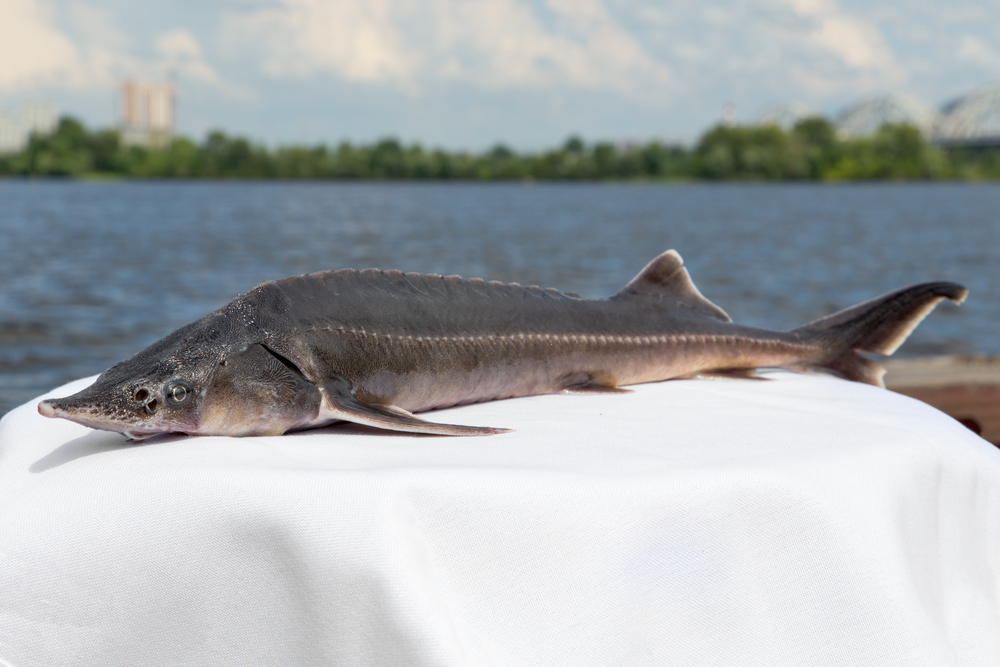
The Kingfish, a Fish without Scales and Other Inhabitants of the Waters of Baikal
Tour Overview. Lake Baikal is a unique place that becomes the dream destination for thousands people. However, it's also known among fishermen all over the world. We suggest you the tour "Fishing on the lake Baikal" that is convenient for everybody: for the true fishermen and for the novices who have never tried the fishing tackle.
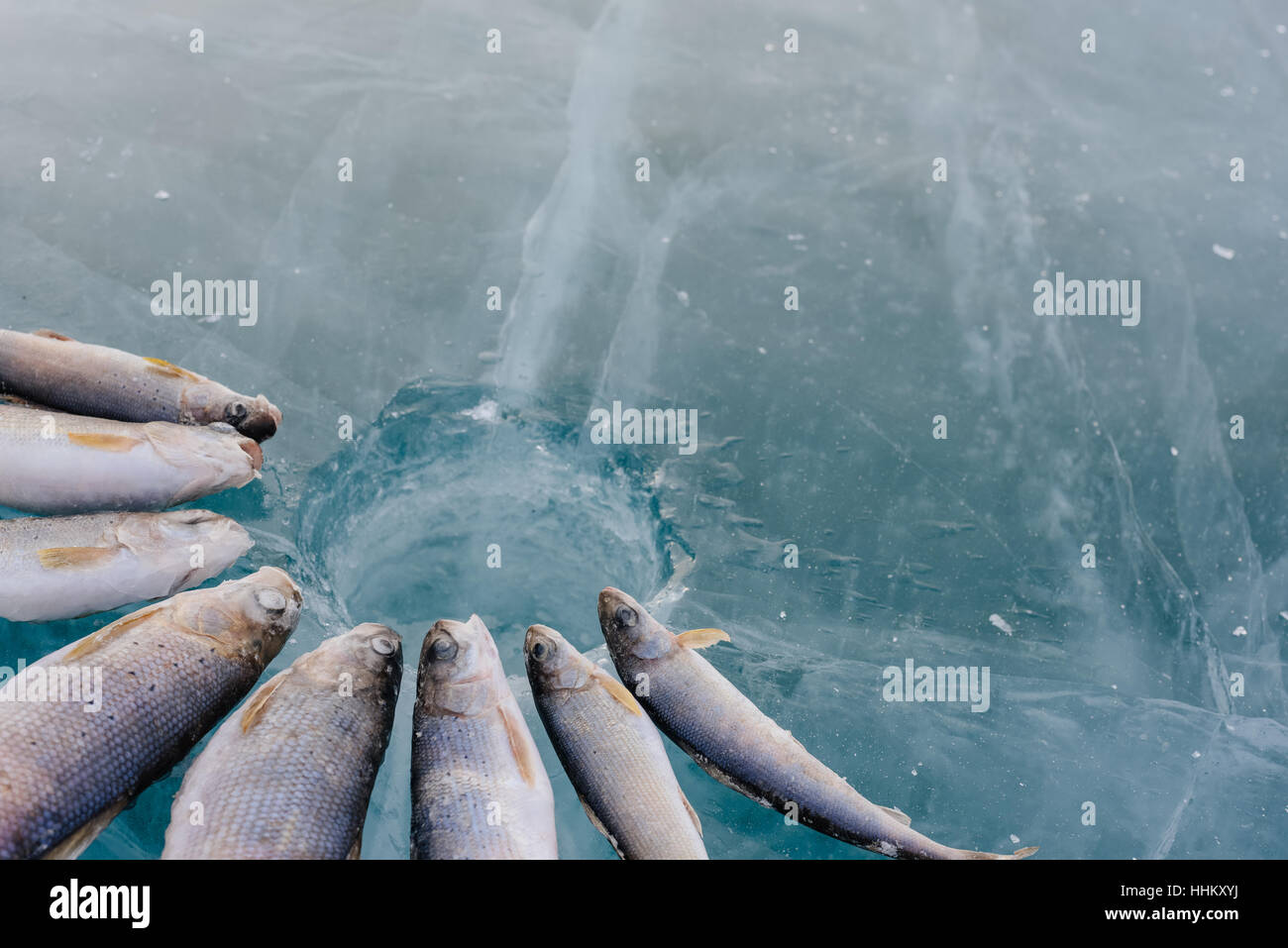
Winter fishing on Lake Baikal. Catching perch and grayling in the Stock Photo 131359974 Alamy
More than 50 species of fish live in Lake Baikal, according to Baikal World Web. Aquatic invertebrate species include more than 100 species of flat worms, more than 700 species of anthropods.

Baikal omul Fish pet, Fish, Lake
Those long-finned, translucent fish, living in depths of 700 to 1600 feet, serve as the primary prey for the Baikal seal, representing the largest fish biomass in the lake. The Baikal oil fish have become famous for disintegrating into a pool of oil and bones when withdrawn rapidly from the high pressures of the deep water.
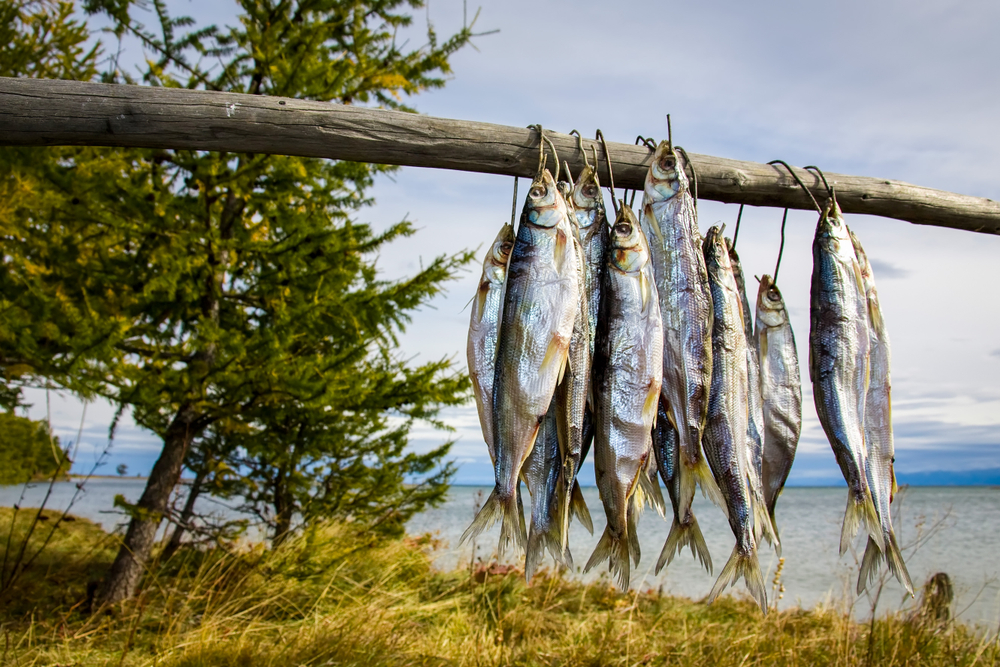
Russia's Lake Baikal became extremely polluted by harmful toxic materials and antiWWTP
Lake Baikal is nothing short than a natural wonder. It is the deepest, oldest and largest freshwater lake by volume, containing one fifth of the world's fresh water. The 25-million old lake has a maximum depth of 1,642 meters and is a living museum, boasting approximately 1,700 animal and plant species, out of which two thirds are endemic.

Baikal Omul Fish Species Russian Fishing 4
Lake Baikal, lake located in the southern part of eastern Siberia in Russia. It is the oldest existing freshwater lake on Earth (20 million-25 million years old), as well as the deepest continental body of water, having a maximum depth of 5,315 feet (1,620 meters).. Unique to the lake is a fish called the golomyanka, of the family.

Absolute Siberia Baikal Kamchatka Ice Fishing Cup
4. Conservation Strategies to Protect Lake Baikal. One of its most distinctive fish is the golomyanka, a species of deepwater oilfish. Its large size, unique shape, and silvery color have earned it the nickname "Baikal Herring" or "Southern Herring". Another interesting species is the omul, a close relative of salmon.

Baikal “Shark” Amazing Facts about Baikal Oilfish (Golomyanka)
What fish are in the deepest lake in the world? These include, for instance, Abyssocottus korotneffi and Cottinella boulengeri which are among the deepest-living freshwater fish. Baikal is the deepest lake on Earth (1,642 m or 5,387 ft) and sculpins occupy even its greatest depths.
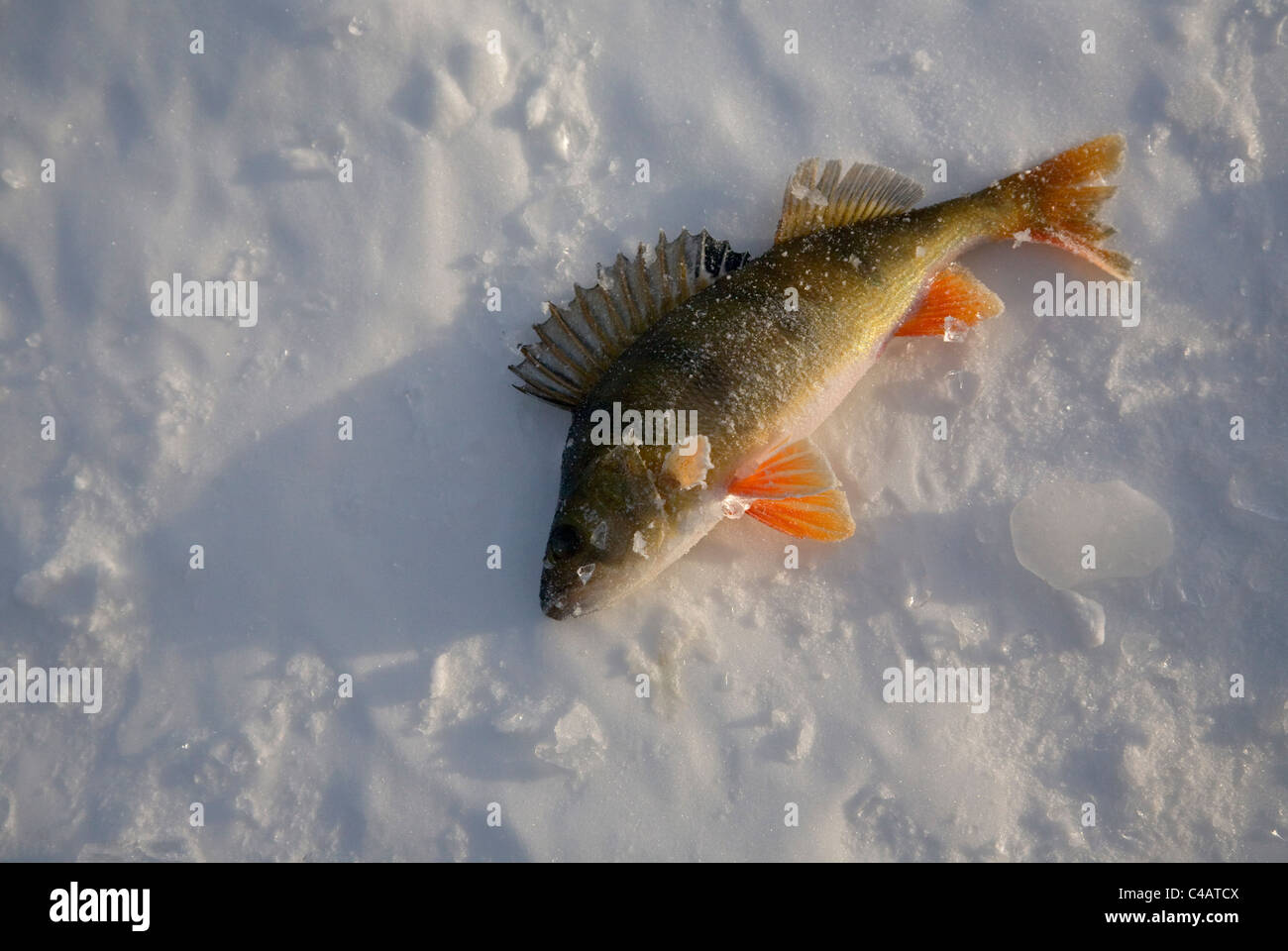
Fish lake baikal hires stock photography and images Alamy
There is also a ban against fishing Omul, a species of salmon only found in Lake Baikal, and strict quotas on catching Nerpas, yet most restaurants near the lake serve both as delicacies anyway. Additionally, a 2018 report by The Daily Beast described frequent dumps of toxic waste by a local hotel right into Lake Baikal's pristine waters.

Specific fish of Baikal lake. Baikal lake, Siberia, Russia Stock Photo Alamy
Lake Baikal is located in Central Asia, almost in the center of Eurasia, in the southern part of Eastern Siberia, and has the shape of an elongated crescent.. One of those is the seals' favorite food, the golomyanka, a pink, partly transparent fish that gives birth to live young. Geologists estimate that Lake Baikal formed somewhere 20-25.
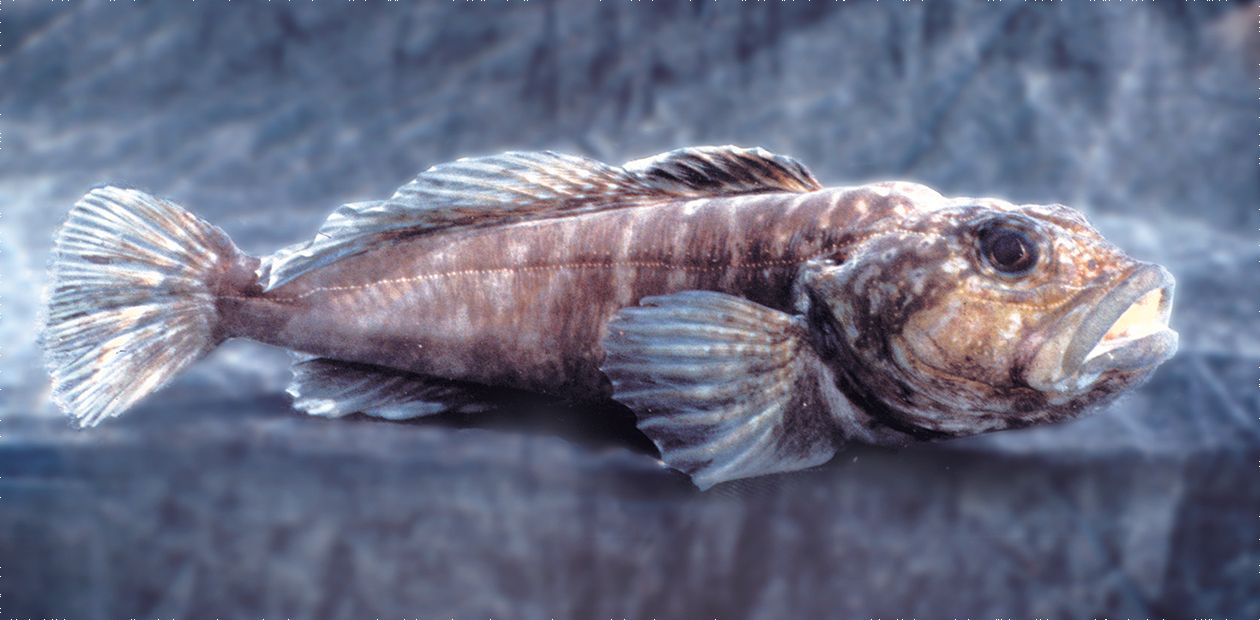
Mysterious Fish of Lake Baikal
Pages in category "Fish of Lake Baikal" The following 41 pages are in this category, out of 41 total. This list may not reflect recent changes. A. Abyssocottus; Abyssocottus elochini; Abyssocottus gibbosus; Abyssocottus korotneffi; Asprocottus; Asprocottus abyssalis; Asprocottus intermedius;
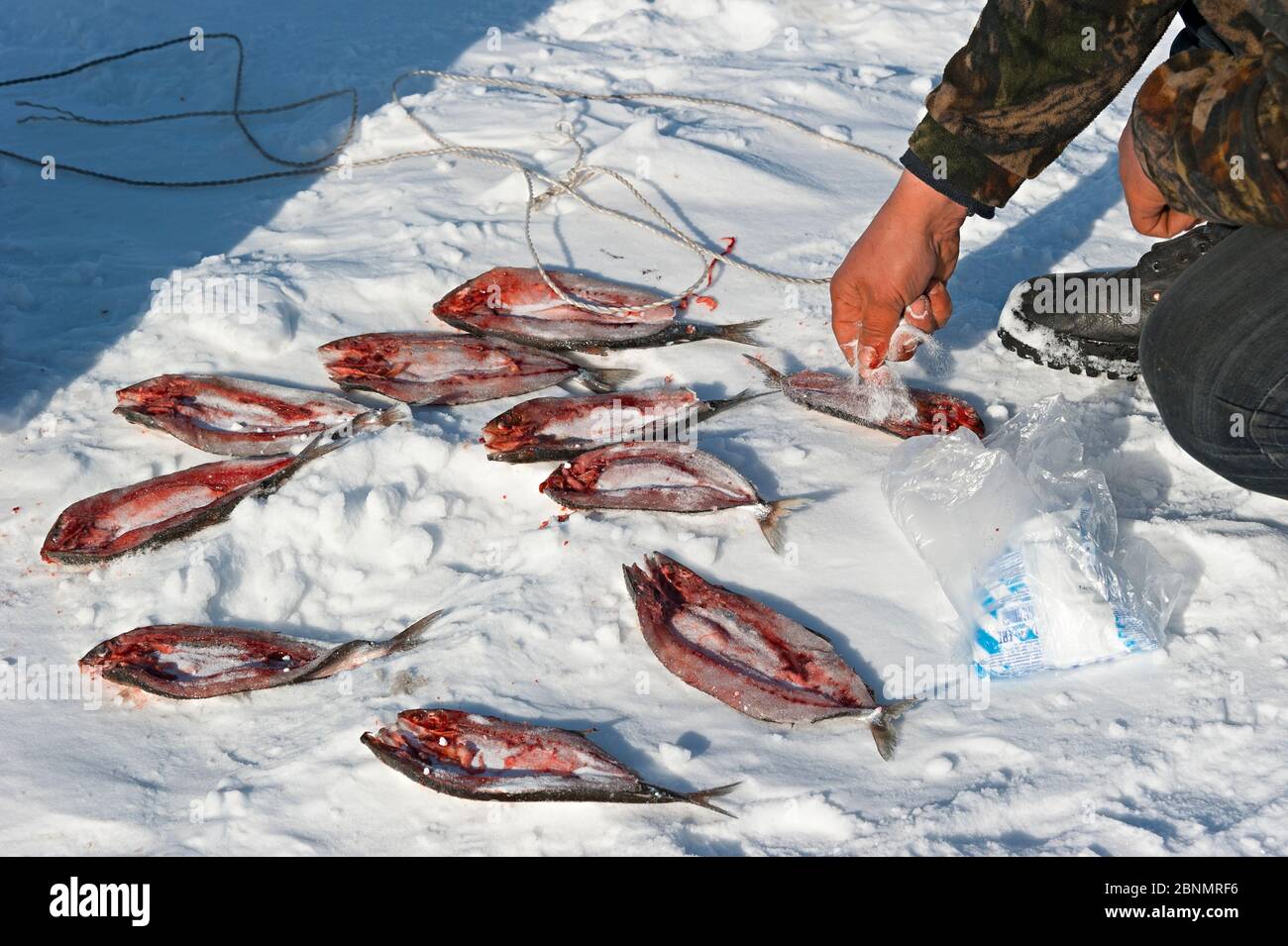
Fish lake baikal hires stock photography and images Alamy
The omul, Coregonus migratorius, also known as Baikal omul (Russian: байкальский омуль), is a whitefish species of the salmon family endemic to Lake Baikal in Siberia, Russia.It is considered a delicacy and is the object of one of the largest commercial fisheries on Lake Baikal. In 2004, it was listed by an unknown group in Russia as an endangered species.

Yellowfin Baikal sculpin or Baikal yellowfin male grewingki) Lake Baikal
Mysterious Fish of Lake Baikal. Ancient and deep Lake Baikal is every angler's and naturalist's dream. Large depths (300 m-1700 m) make up about 80 % of the lake area. The waters are highly oxygenated and are rich in fish throughout. Scientists from all over the world seek to learn more about cottoid fish, which are endemic to Lake Baikal.

Secrets of Winter Fishing on Lake Baikal
Lake Baikal is in a rift valley, created by the Baikal Rift Zone, where the Earth's crust is slowly pulling apart. [5] At 636 km (395 mi) long and 79 km (49 mi) wide, Lake Baikal has the largest surface area of any freshwater lake in Asia, at 31,722 km 2 (12,248 sq mi), and is the deepest lake in the world at 1,642 metres (5,387 feet; 898 fathoms).
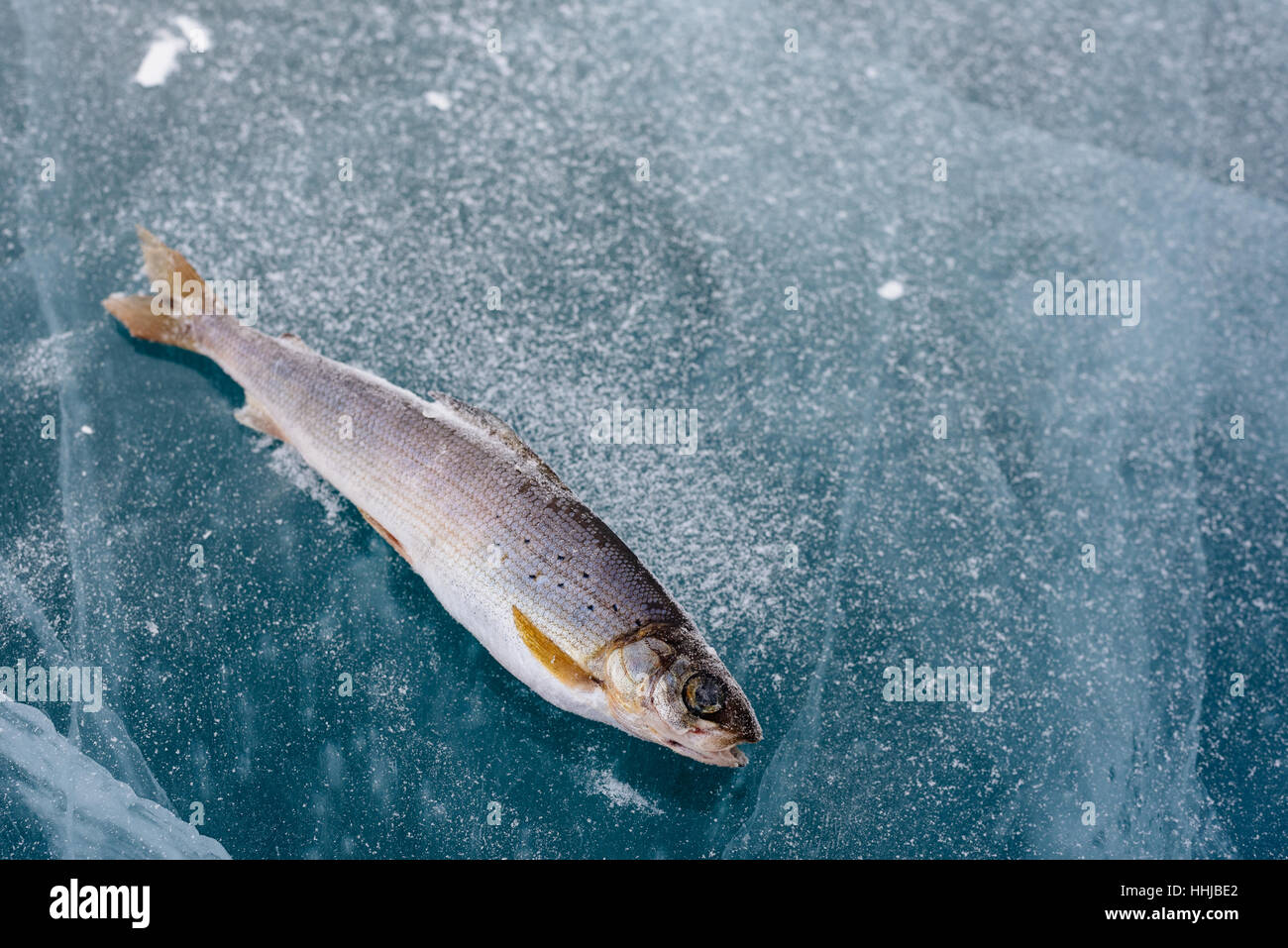
Winter fishing on Lake Baikal. Catching perch and grayling in the clean and beautiful place! The
The best fishing experience takes place at the northern basin of Baikal - the part of the lake where there is no way to travel by land. It takes 2-3 days to get to those shores from Irkutsk. Duration of fishing tours varies from 4 to 14 days. Best season is after ice-out, fish roam the shoreline shallows and reefs.

20 Photos That Prove Lake Baikal Is the Most Photogenic Place on Earth
For sport fishing on lake Baikal, the most interesting are: omul, davatchan, taimen, whitefish, flax, grayling (in lake Baikal there are 2 subspecies-white and black grayling), pike, perch, burbot, Siberian sturgeon, catfish, bream, carp and others. While the biggest fish of lake Baikal is the Baikal sturgeon - he grows up to two meters long.